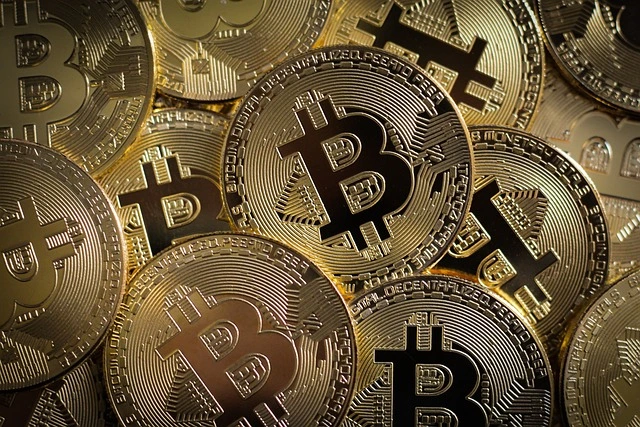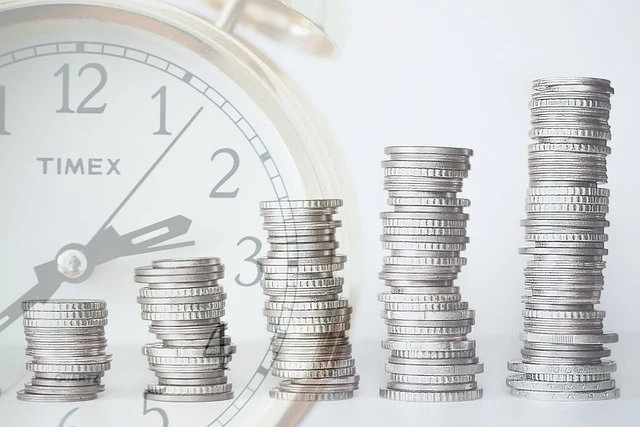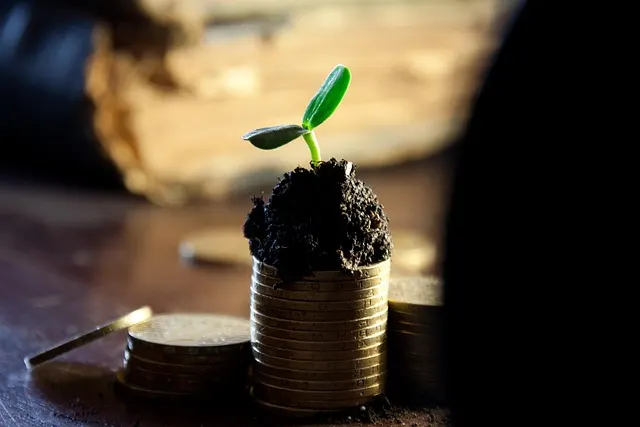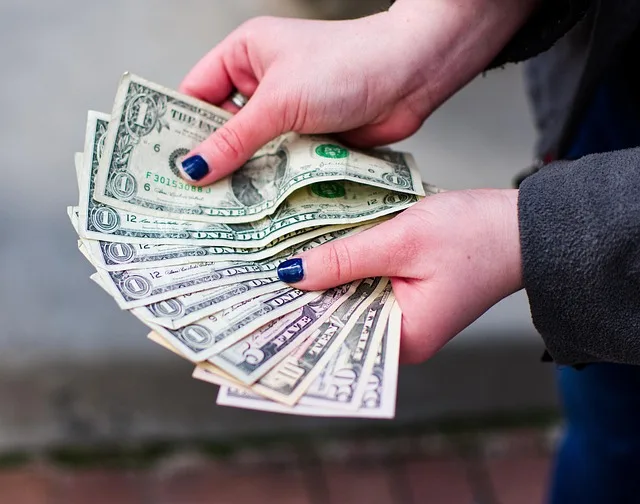If you're new to the stock market, you're in the right place. This guide is designed to walk you through the concept of dividend stocks from the ground up. No assumptions, no jargon you don’t understand—just clear, direct explanations that you can immediately use to make smarter investment decisions.
What Is a Dividend Stock?
When you buy a stock, you’re not just buying a piece of paper or a symbol on a screen—you’re buying ownership in a company. Own a share of Microsoft? Technically, you’re a part-owner of Microsoft. You can literally say, “I own part of Microsoft,” and you'd be right.
Now, when that company—say Microsoft—is doing well and generating more cash than it needs for operations, it might choose to reward its shareholders. That reward comes in the form of dividends: direct cash payments deposited into your investment account simply because you own the stock.
This is what makes a stock a “dividend stock”—it pays out dividends. Not all companies do. But the ones that do are choosing to share their profits with you, the investor.
How Do Dividends Work?
Let’s break it down with a simple example.
Suppose a company has 1 million shares of stock and decides to pay out $1 million in dividends. That means:
- $1 million ÷ 1 million shares = $1 per share
- If you own 1 share, you get $1
- If you own 5 shares, you get $5
The cash goes directly into your brokerage account. It’s that simple.
Key Dividend Dates You Must Know
- Declaration Date. This is when the company officially announces, “We’re paying a dividend.” That’s it.
- Ex-Dividend Date. Critical. You must own the stock before this date to be eligible for the dividend. Buy the stock on or after this date, and you miss out.
- Payment Date. This is when the money hits your account.
Sequence matters: Declare → Own stock before ex-dividend → Get paid on payment date
Taxes on Dividends
Yes, dividends are taxable income—even if you don’t withdraw the cash. Whether you reinvest or let it sit in your account, the IRS still wants its cut.
There are two types:
Ordinary Dividends – Taxed at your regular income rate.
Qualified Dividends – Taxed at a lower rate (you must meet holding requirements and the dividend must come from a qualified company).
Your holding period matters. To get the lower tax rate, you typically must have held the stock at least 60 days before the ex-dividend date.
What Is Dividend Yield?
You’ll often see a stock’s dividend yield listed in its summary. This is just the annual dividend as a percentage of the stock’s current price.
For example:
A stock with a 4% yield means:
Invest $100 → You’ll earn $4 in dividends per year (if the yield stays the same).
Think of it like interest from a savings account. It helps you understand your return from dividends alone.
High Yield Isn’t Always Good
You might come across stocks offering 20%, 25%, or even 30% dividend yields. Sounds amazing, right? Don’t fall for it.
In most cases, that’s a red flag. A dividend that high usually means one thing: it’s unsustainable. Either the company is in trouble, or that payout is about to be reduced—or cut entirely.
If it sounds too good to be true, it probably is.
How Often Are Dividends Paid?
It varies by company:
- Most pay quarterly (every 3 months)
- Some, like REITs, pay monthly
- Others pay annually or even irregularly, depending on their cash flow and policies
Check the stock’s history and documentation to see what schedule it follows.
Should You Invest in Dividend Stocks?
That depends on your investment goals.
If you're chasing maximum growth, dividend stocks might slow you down—they tend to be more mature, stable companies with less explosive upside.
But if you're aiming for steady income and reduced risk, dividend stocks can be a smart move.
They’re great for building long-term wealth through consistency and compounding, especially when dividends are reinvested.
Final Thoughts
If you're serious about learning how to invest, start by understanding the basics—like dividend stocks. They're not the flashiest part of investing, but they're one of the most reliable.
Good Reads

The easiest method to generate a passive crypto income with crypto and make money at home

Top 5 passive income streams that can make your money work for you

Did you know that 50% of Americans believe they're in the middle class? But here’s the kicker: most of them are wrong.

If you’ve got $10,000 and you’re ready to invest, let’s talk

I went from growing up broke to having seven figures in my 20s

These are seven of the best investments and purchases you can make in your 20s to quickly build wealth.

If you want to manage your money like the top 1%, this is the system you need to know: the 75/10/15 rule

What if I told you that with just 10 ETH today, you could build a passive income stream of over $1,800 per month—in just 10 years?

Dividend investing isn’t about being flashy or trendy

Understanding Municipal Bonds: A Direct Guide for Smart Investors
